You Can’t Replace the Ocean With a Pool — A Look at SeaWorld’s History of Animal Abuse
Published May 10 2023, 4:36 p.m. ET
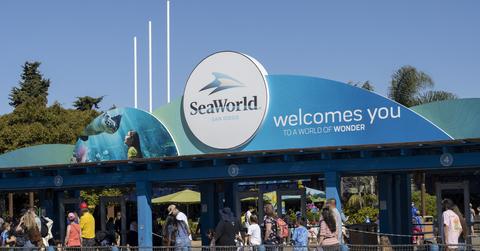
SeaWorld is an American-based marine theme park that prides itself as “one of the largest marine animal rescue organizations in the world,” and is especially famous for its orca whales.
Although SeaWorld brands itself as a marine rescue organization with entertainment and “animal experiences” at its Disney-esque theme park, SeaWorld’s animal abuse is what typically causes SeaWorld to make the news.
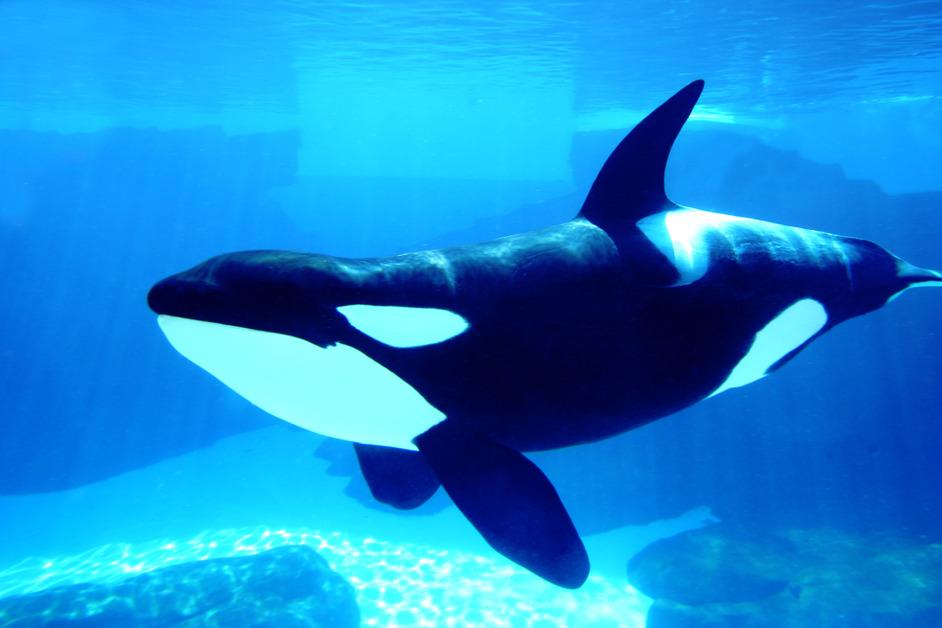
A former trainer says animal abuse was common at SeaWorld.
According to The Mirror, John Hargrove, who spent over 14 years as an orca trainer and worked at both SeaWorld and Marineland, has become a whistleblower for the parks. His colleague, Dawn Brancheau, was killed by Tilikum, a male orca who spent most of his life at SeaWorld and became famous from the 2013 documentary Blackfish.
Hargrove has pushed for people to stop visiting SeaWorld, saying that their money is paying for the cruelty that happens to the animals.
He told The Mirror: “Confinement causes not only chronic health issues but also extreme stress that leads to violent behavior and deadly attacks.”
He said that the SeaWorld orcas he worked with were living an unnatural life, and were medicated to ward off the high-stress levels of captivity.
When Tilikum lashed out, it was a natural response given his life had been reduced to the inside of a small tank. What wasn’t natural, however, was that he lived over 30 years barricaded from his own habitat: the ocean.
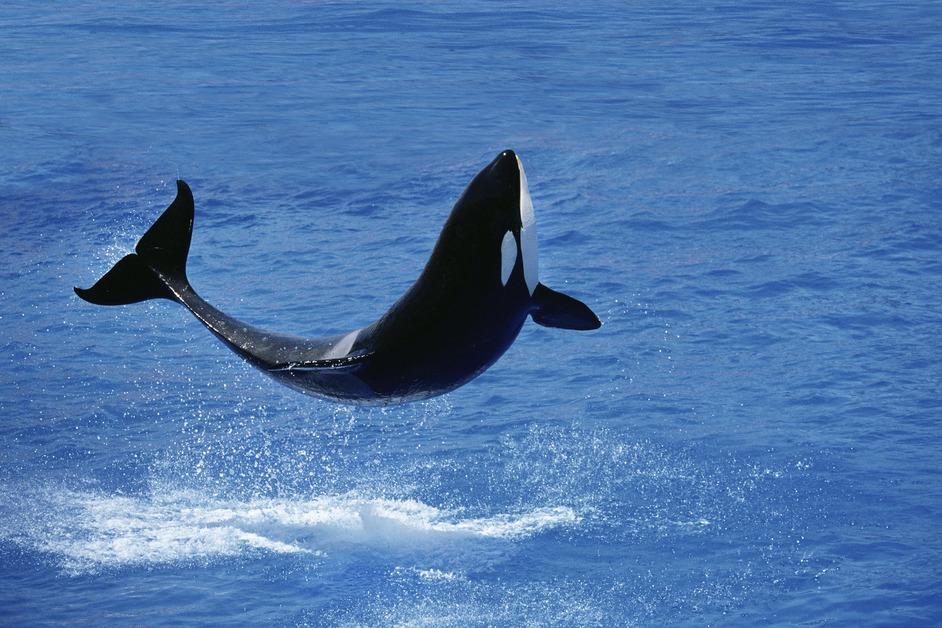
Hargrove resigned from SeaWorld in 2012 and released a book in 2016 called Beneath the Surface, all about the dangers and details behind keeping whales in captivity.
Once captured, sea animals live a life in captivity.
Since Blackfish, the public eye has been turned to issues within the parks — namely orca captivity, with the hashtag #EmptyTheTanks circulating on Twitter, per The Conversation.
Unfortunately, the whales currently in SeaWorld will likely never see the ocean.
Thankfully, in 2016 SeaWorld announced the end of their captive breeding program for orcas; however, the whales currently living in the park will remain there, as reported by The Los Angeles Times.
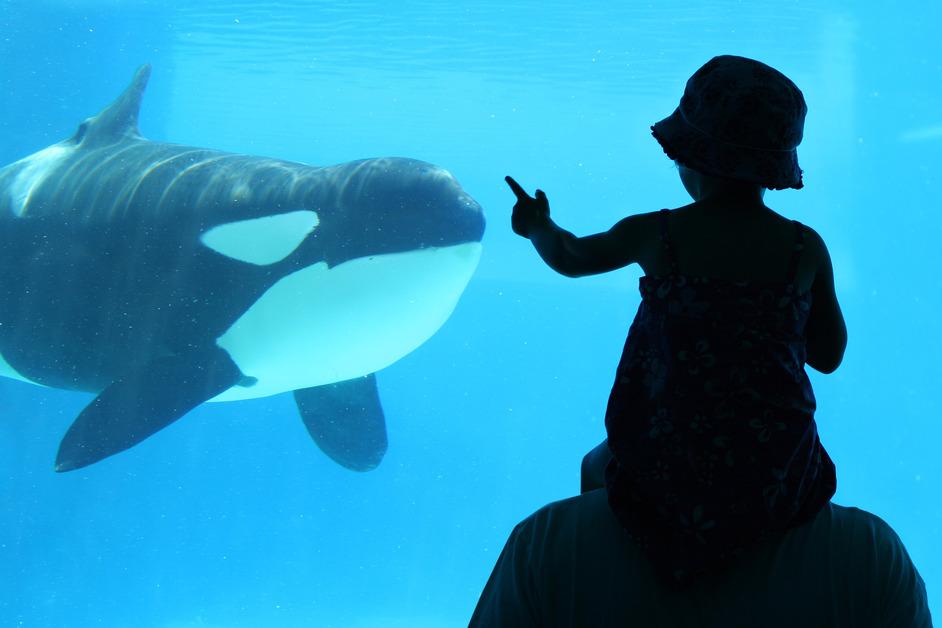
The whales are housed in concrete and glass enclosures within SeaWorld's parks, where they will likely stay for the rest of their lives. In the best-case scenario, the parks would build sea pens, which are netted enclosures next to open water that still allow humans to feed and monitor the whales.
However, sea pens are incredibly expensive to build, costing up to $5 million for a single pen.
Dr. Chris Dold, the Chief Zoological Officer of SeaWorld Parks and Entertainment, told The Los Angeles Times that orcas “would not be better off in sea pens than where they are now.”
He asserts ocean toxins, viruses, and weather makes him uncomfortable about putting the whales into that setting.
However, many animal protection organizations assert that these sea pens are fantastic solutions for freeing captive orcas. For instance, the nonprofit Whale Sanctuary Project works to end marine animal captivity by creating seaside sanctuaries.
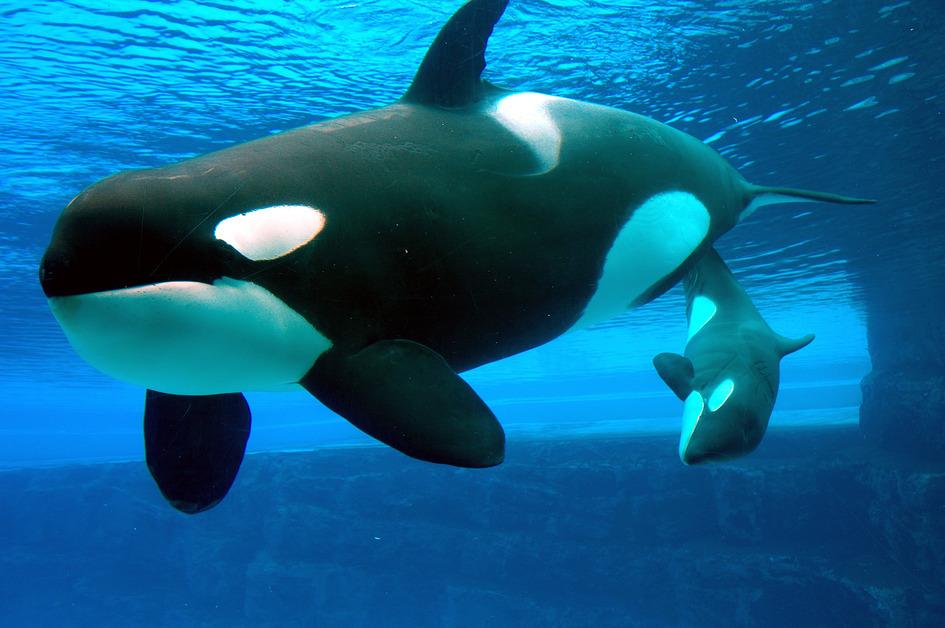
Neglecting nature leads to a lower quality of life for the animals.
Orcas are among the most brilliant marine animals, and are the figurehead for all animal abuses taking place at SeaWorld parks.
According to National Geographic, captivity neglects the natural instincts and intelligence of animals. Captivity neglects how outside of their pens, orcas are meant to swim boundlessly, and how they have an evolutionary need to hunt, explore, and communicate with each other — nothing of which can take place within a concrete boundary.
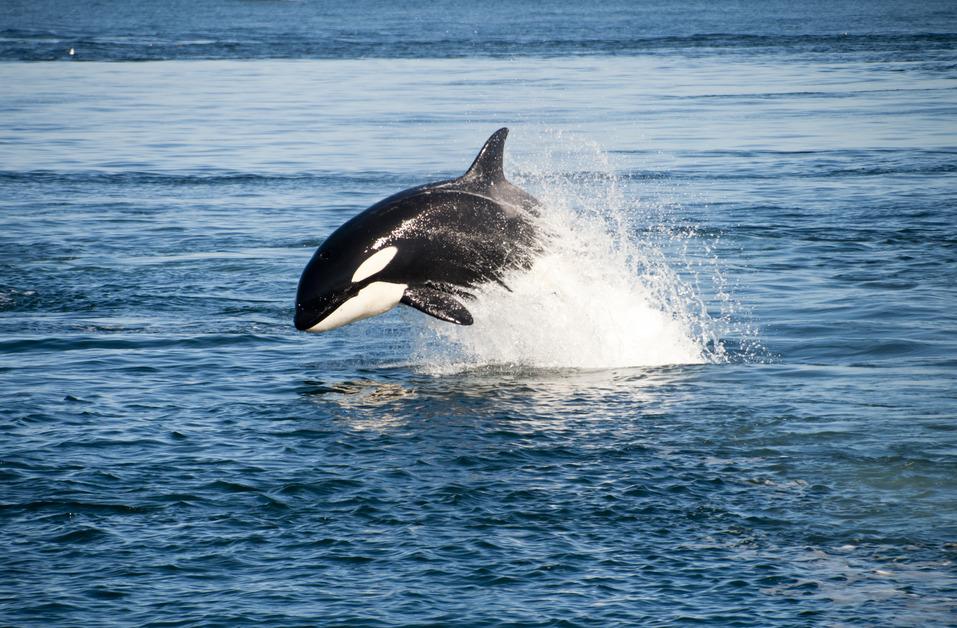
In January 2019, the longest-living captive-bred orca died. Kayla was from SeaWorld Orlando and lived until she was 30. However, in the wild, she could have lived until 80.
In March 2023, the “world’s loneliest orca,” Canada’s last captive orca, Kiska, died. In the wild, she could have been out hunting alongside her pod for decades to come; however, instead, she spent the last 12 years of her life alone in a concrete tank, per The Guardian.
Orcas do not thrive in captivity — they do not even come close to thriving. The reason comes down to biology. As stated by National Geographic, “Orcas are massive animals that swim vast distances in the wild — 40 miles a day on average — not just because they can, but because they need to, to forage for their varied diets and to exercise.”
Sea parks like SeaWorld have been subjecting animals to awful lives for decades, and it's time for that to end.